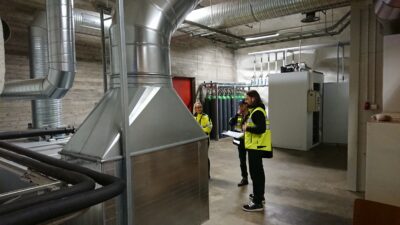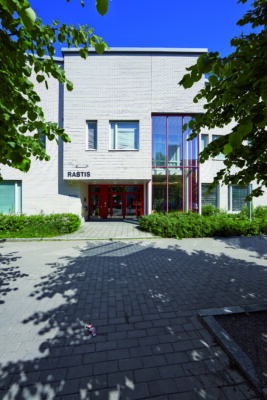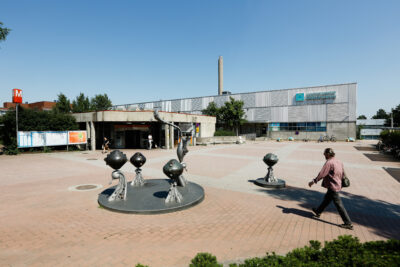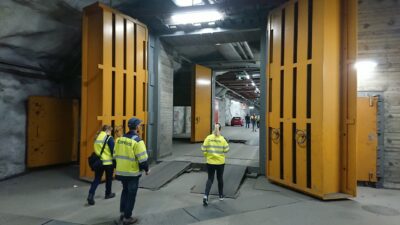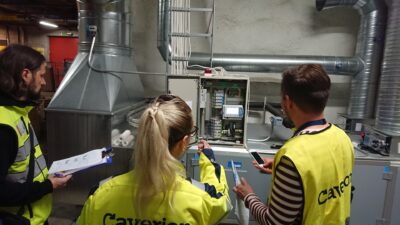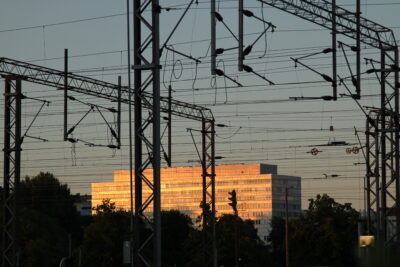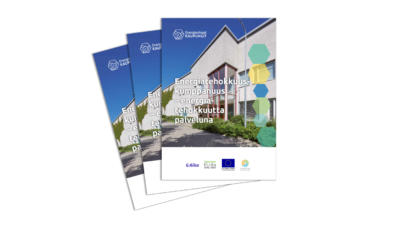Cities want to utilise the innovativeness and brand-new expertise of businesses in order to reduce emissions generated by service properties. Service properties are major energy consumers, and they can significantly intensify their use of energy. Conventionally, cooperation between the parties has been conducted on the basis of the Energy Service Company (ESCO) model.
The objective of the Energy Wise Cities project was to help businesses to develop their operations and find new ways to provide solutions for the challenges faced by the cities in a combat against the climate change. The energy efficiency partnership, the ESCO model and the new partnership models that will be developed in the project are important and efficient tools for promoting the achievement of carbon neutrality in the largest cities in Finland.
Partners
City of Helsinki
Vison
Granlund
Ramboll Finland
Caverion Finland
Challenges
Schools, sports halls, daycare centres and other service properties are major energy consumers in cities. They can still greatly intensify their use of energy, reduce the maintenance backlog and decrease their carbon footprint in accordance with the Carbon-neutral Helsinki Action Plan. Energy saving cooperation between businesses and the cities has been conducted on the basis of the ESCO model, for example. In these models, businesses carry out energy saving measures in properties and a city pays for businesses as agreed. The company guarantees the savings that should cover the costs of the measures. However, there is still room for improvement even in the more recent ESCO models – both from the perspectives of businesses and a city – and the execution of ESCO had not been experimented in Helsinki before.
Objectives
The City of Helsinki’s objective was to develop, together with the market and consultants, reformed ESCO models, which we call the Energy Efficiency Partnership. The goal was to pilot the reformed models in the City of Helsinki’s service properties and obtain experiences on the use of the models. In Helsinki, the goal of the piloting of the energy efficiency partnership models is to improve the overall energy economy of the pilot buildings, reduce the carbon footprint of the properties, as well as maintain or improve the indoor conditions.
Results
The development work resulted in four developed and improved energy efficiency partnership models, as well as in experiences regarding the piloting of the reformed models in the service properties. In the properties that were selected for the piloting of the models, energy consumption and the carbon footprint decreased, whilst the indoor conditions improved or remained the same. The partnership model that will be developed with the help of testing will be taken into extensive use, and the model can also be utilised in other cities.
Matters learned so far
The piloting of the models is ongoing, and the models are further updated on the basis of the experiences gained during the piloting and after the project. In November 2020, the City of Helsinki and Caverion Finland made a contract regarding the procurement of energy efficiency services – the tenders had been invited, for the first time, using the new energy efficiency partnership model. In the pilot, Caverion carries out an energy saving project, regarding two properties, for the City of Helsinki: the pilot sites are the Liikuntamylly sports centre in the Myllypuro district, as well as the civil defence shelter in the northern part of the Kontula district. The value of the procurement of the pilot is about 1.5 million euros. The planning of the pilot sites is conducted by Ramboll.

